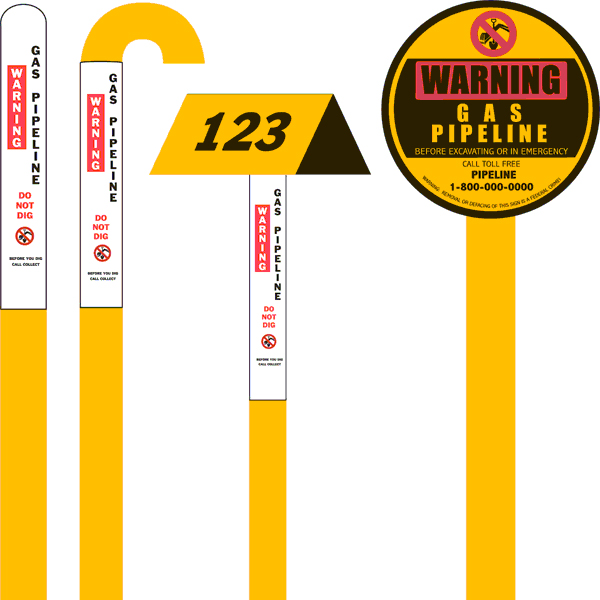Recognizing the Location of a Natural Gas Pipeline
Pipelines exist almost everywhere throughout the United States and chances are you may live near or drive past one every day. Although pipelines are generally buried underground in accordance with DOT regulations, there are several ways to see if there is a pipeline in your neighborhood.
Pipelines are marked by above ground markers to provide an indication of their presence, approximate location, product carried, and the name and emergency contact information of the company that operates the pipeline.
The presence of these markers does not remove the need for a call to 811 prior to performing an excavation.
Pipeline markers only give an approximate indication of where a pipeline might be. Pipelines may not necessarily run in a straight line between markers and must be verified through making the required call to the Ohio Utility Protection Service (O.U.P.S.) by dialing 811. The primary function of these above ground markers is to identify the location of the pipeline to help the public understand the presence of pipelines and prevent excavation damage accidents.
Pipeline markers provide no information on depth, the number of lines, or the size and pressure within the line. Pipeline markers are important for your safety. It is a Federal crime to willfully deface, damage, remove or destroy any pipeline marker or sign.
Some Examples of Typical Pipeline Markers

